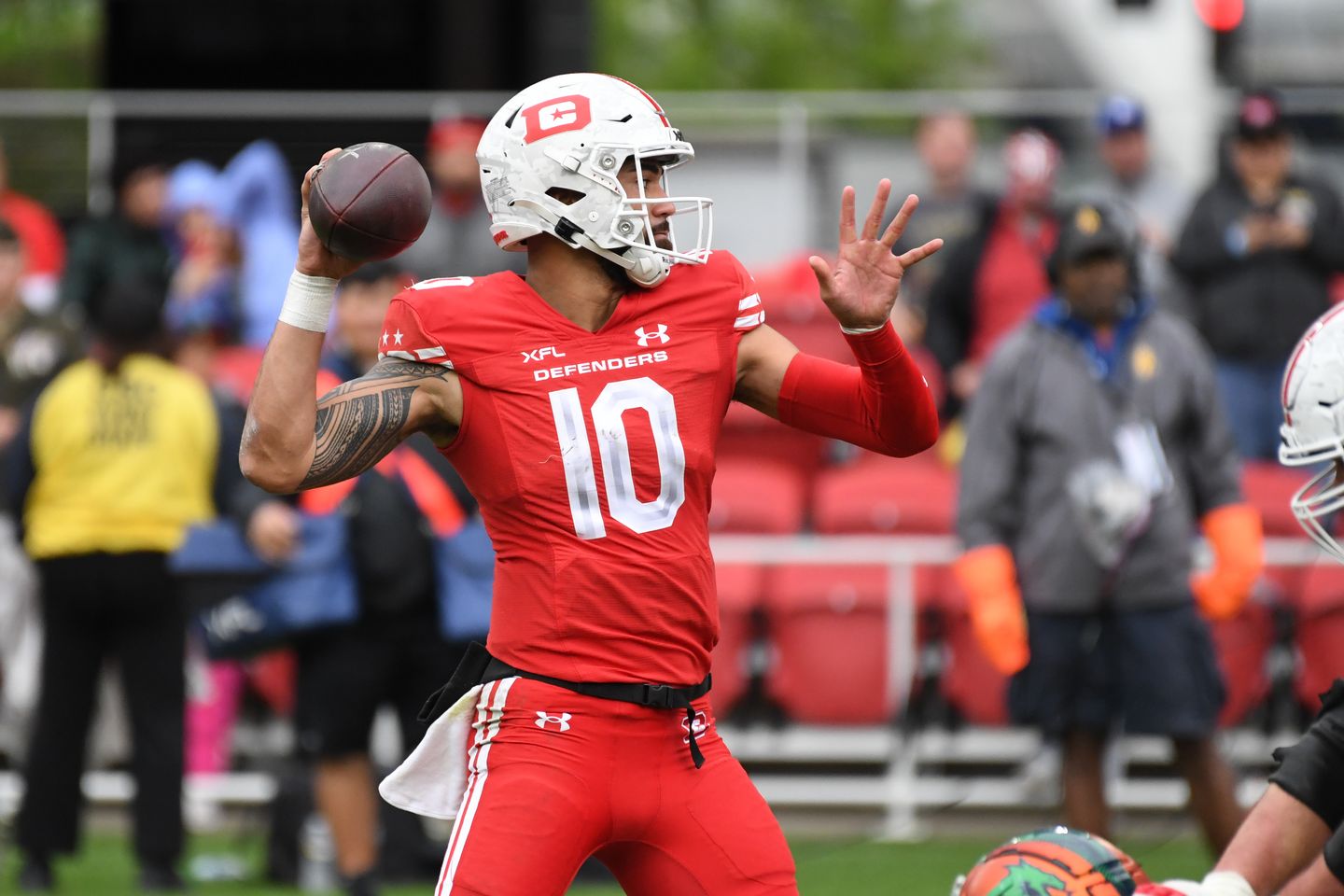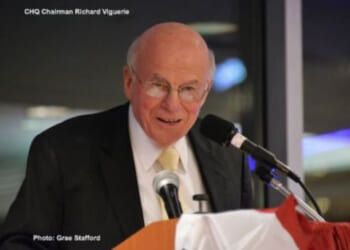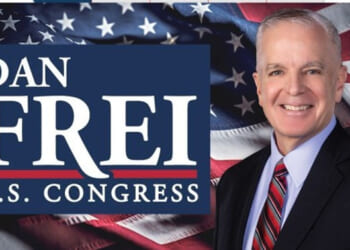
UFL sideline reporter Brock Huard warned that covering the spring football league is unlike anything else. The access, proximity to players and unique broadcast set it apart from the NFL or college ranks.
“You’ve got to keep your head on a swivel,” the former quarterback said before Friday’s game between the D.C. Defenders and St. Louis Battlehawks, noting that the action can easily spread to the bench area that he roams with complete freedom.
Less than a minute later, an errant warm-up pass from Defenders quarterback Mike DiLello blindsided him. Defenders running back Darius Hagans quickly apologized to Huard.
“Is that all you got?” Huard joked. “Did something hit me? I didn’t feel it.”
The sideline reporter told The Washington Times that the pass only hit the trapezius muscle between the shoulder and neck, narrowly missing the side of his head. His earlier point about keeping his head on a swivel proved well-founded.
This isn’t the NFL. It’s the United Football League, the spring organization that is still trying to establish a foothold for itself as another option for a ravenous, football-loving public.
It doesn’t have the stars that dot NFL fields every Sunday in the fall. Defenders quarterback Jordan Ta’amu, a UFL MVP finalist who has spent offseasons with the Washington Commanders, Minnesota Vikings and Kansas City Chiefs, is one of the biggest names.
Instead, the UFL offers access.
Every player has a radio in their helmet. Chatter from the coaches’ headsets is integrated into the broadcast. Sideline reporters like Huard provide an exclusive inside look at the game from the benches. Some games feature helmet-mounted cameras to give fans a first-person perspective of highlights.
It’s a far cry from the image-obsessed NFL.
Friday’s regular-season finale between the Defenders and Battlehawks was, on paper, meaningless, even by spring football standards. Both teams had already clinched their spot to face each other in next weekend’s conference finals.
The two squads rested their starting quarterbacks. But with 40-man rosters — 25% smaller than the NFL’s — teams can’t afford to bench too many players.
Besides, Huard noted, these athletes are playing for their livelihood. They don’t want a break — they need the opportunity.
“There’s no business decisions. They’re trying to get back into the business of the NFL,” Huard said. “They know that every play of one of these games, they’ve got to lay it on the line.”
The resulting product is hard to quantify. With a combination of NFL cast-offs who are trying to make their way back to the league and young players looking to earn their first training camp invite, the play on the field is hit or miss.
“I’ve had a hard time pinpointing and saying, ‘Oh, this is like the SEC or like Triple-A baseball,’” Huard said. “I don’t know if I can define it after four years of being around it, but it’s good football.”
Friday’s game, a 13-8 victory for the Battlehawks, was particularly sloppy, though. A torrential downpour soaked the field, causing countless fumbles and dropped passes as the play-calling resembled the run-first approach of the 1940s.
Despite a tornado watch and heavy rain, the Defenders reported more than 12,000 fans for their final home game. The true number appeared to be a fraction of that, with empty seats dominating the soaked stadium. The supporters who braved the weather made their presence felt, though.
Even as both teams sat their starting quarterbacks on the bench, fans roared for every punt, sack and stiff arm.
Huard gave those die-hards what they crave: insight.
During a break in the action during the second quarter, the sideline reporter leaned over the Battlehawks’ bench as a coach dissected the last drive’s action. The offensive linemen were hyper-focused on the film, presented on an iPad, oblivious to a nodding Huard positioned between them.
Huard, like the players, learned how the line can improve to best attack the Defenders’ defense. He relayed that information to the commentators in the booth, giving fans a look behind the curtain.
That’s part of what the UFL is promoting. An NFL sideline reporter could only dream of this kind of access, letting viewers see how the sausage is made.
“You don’t get that anywhere else,” Huard said.
The innovative broadcasts haven’t led to a ratings coup yet.
The UFL isn’t coming close to replicating the NFL’s television dominance. After averaging 812,000 TV viewers during last year’s regular season, the UFL’s ratings have dropped by 20%, according to the league’s broadcast partners.
The future of the UFL depends on the fans, like the rambunctious groups that pack stadiums in St. Louis and the District. Attendance has wavered in smaller markets like Memphis and Birmingham, causing some fans on social media to worry about the future of the league.
UFL officials have committed to another season, though. Season tickets are already on sale. Gerry Cardinale, one of the league’s co-owners, is optimistic about the UFL’s future.
The spring league isn’t looking to compete with the NFL. NHL and MLS ratings are a better comparison point, he said last week on the “CNBC Sports” podcast.
“The ratings are not down,” he said. “We actually have, if you look at the distribution that we have with ESPN and Fox, we outperform MLS four to one from a rating standpoint, and we outperform hockey two to one.”
The UFL playoffs begin next weekend. The Defenders and the Battlehawks face each other in St. Louis on Sunday. The winner of that game will play for a title on June 14.












